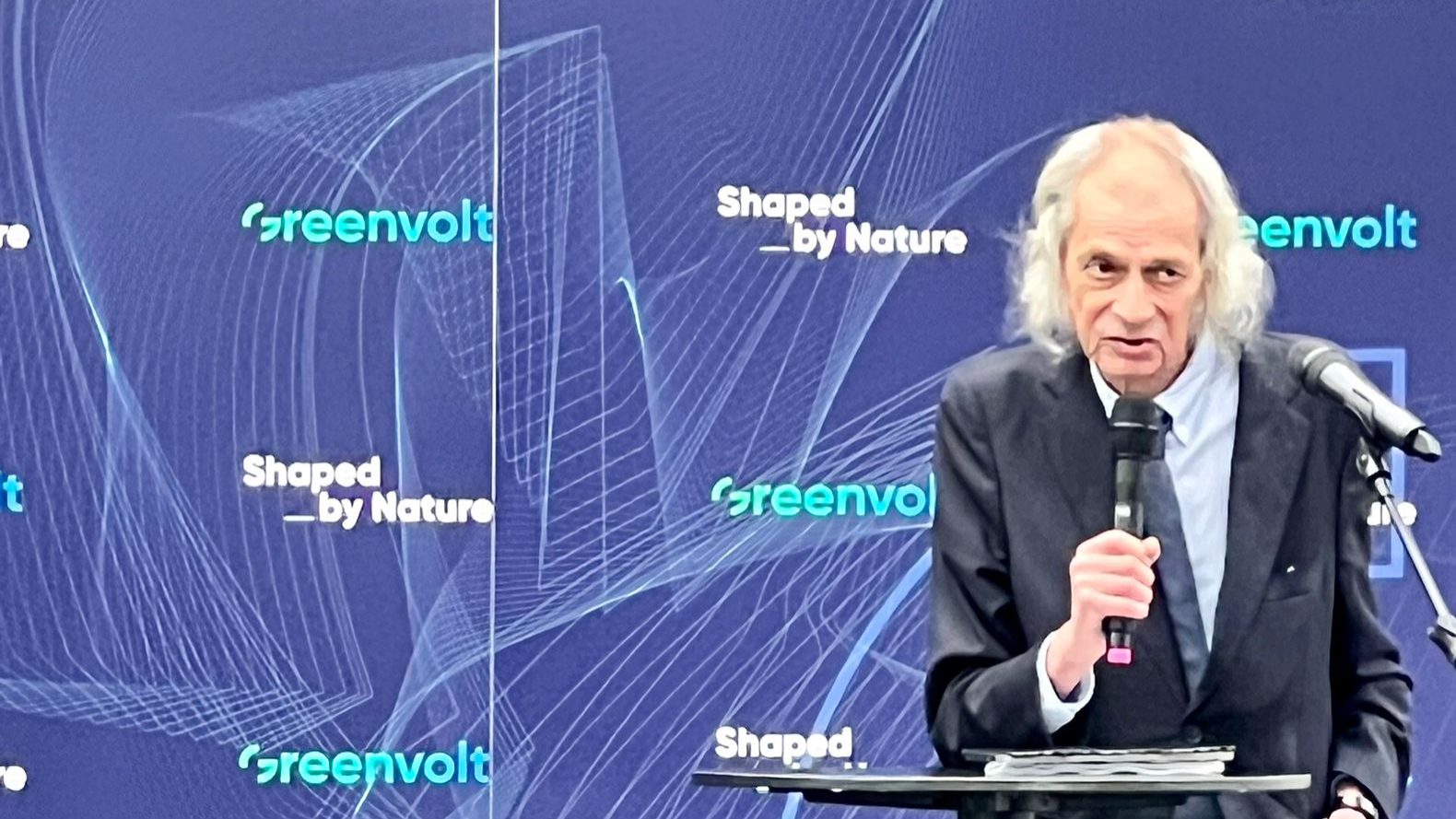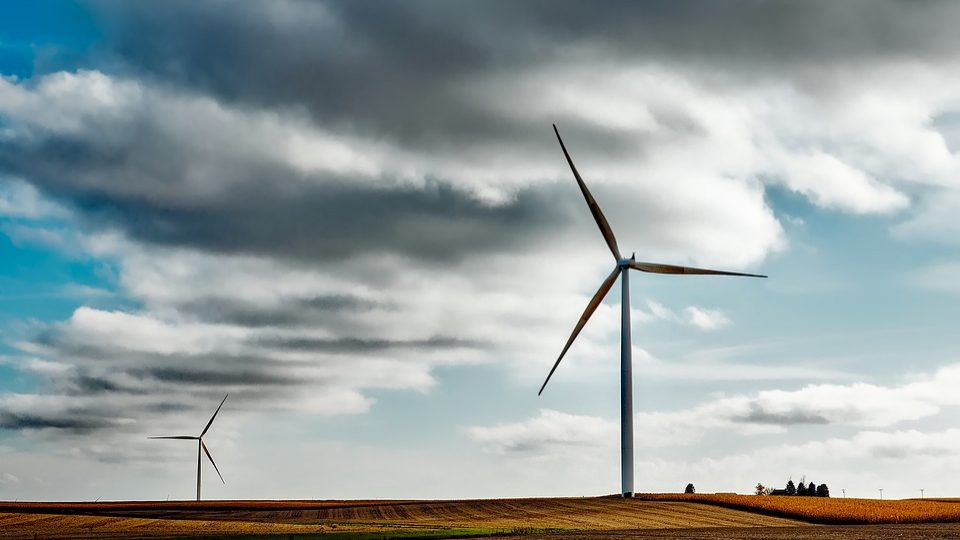IberBlue Wind announces 1.96GW cross-border floating offshore wind farm
Overall investment for construction and maintenance of the two farms could exceed 4 billion euros and generate over 5,000 jobs.
IberBlue Wind on Tuesday announced the first cross-border project for a floating offshore wind farm of up to 1.96 gigawatts, on the border between Portugal and Spain in the North Atlantic, in an investment that could exceed €4 billion.
At stake are the Creoula and Juan Sebastián Elcano projects, “which will have approximately 109 turbines and will occupy an area of 530 square kilometres off the coast of Lower Minho, in Viana do Castelo, and Pontevedra,” IberBlue Wind, an Irish and Spanish joint venture set up to promote floating offshore wind farms in the Iberian Peninsula, said in a statement.
Overall investment for construction and maintenance of the two farms could exceed 4 billion euros and generate over 5,000 jobs, the statement said, with the company estimating that, when operational, the farms will have the capacity to supply electricity to over 1 million homes.
IberBlue Wind said that the joint development cost of the two projects “could be 32% lower than if they were developed separately” by maximising synergies in resources and economies of scale in the construction and operational phases.
The Creoula project, designed off the coast of Viana do Castelo, will be supported by floating platforms anchored to the seabed and will have an installed capacity of 1,440 megawatts (MW), produced from 80 turbines of 18 MW each, with the farm covering an area of 413 square kilometres, with a location between 20 and 40 kilometres from the coast.
The Juan Sebastián Elcano project, meanwhile, will comprise 29 turbines, of 18 MW each, which will also be installed on floating platforms, extending from As Mariñas to A Guarda over 117 square kilometres and at a distance of 20 to 35 kilometres from the coast.
The names of the projects (Creoula and Juan Sebastián Elcano) were chosen in honour of two historic training ships that are part of the Portuguese and Spanish navies.
In February, the joint venture announced the first offshore wind farm project in Portugal, which it named Botafogo, after the Portuguese galleon that was built in the 16th century and became known as the most powerful warship in the world in its time.



